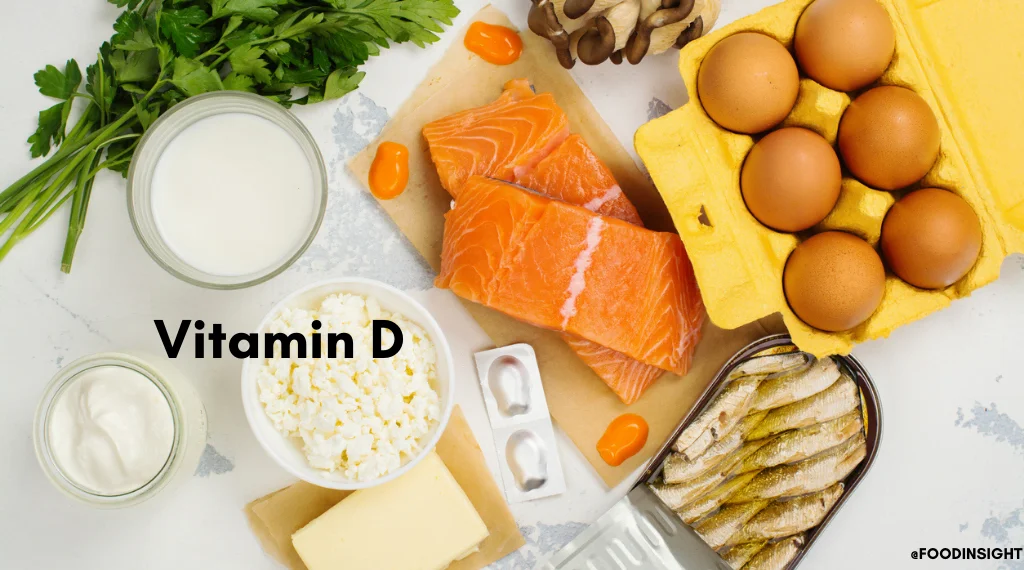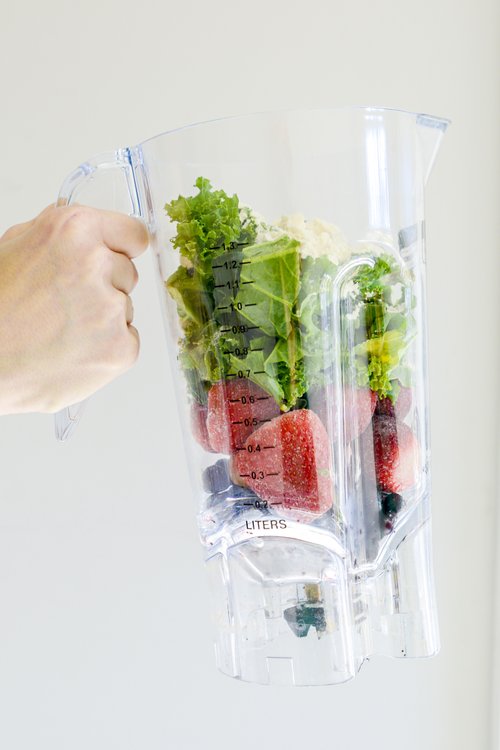
Table salt is made up of sodium and chloride, 2 chemicals that are essential for health but only in very small amounts. Sodium and chloride occur naturally in many foods and it’s not necessary to add them to prepared foods.
A balanced diet based on the Dietary Guidelines for Americans contains more than enough sodium to meet our daily requirement.
- Americans on average eat about 1 to 3 teaspoons of salt a day (adding up to between 2,300 and 6,900 mg of sodium).
- The average daily sodium requirement is much less, ranging from 1,200 mg of sodium for 4 to 8-year-old children to 1,500 mg for 9 to 18-year-olds. This amounts to about half a teaspoon of salt a day.
We add salt to food from force of habit or because we’ve learned to like a salty taste. Adding moderate amounts of salt to food for taste is acceptable, but excessive amounts of salt should be discouraged as the child’s taste preferences are formed early and large quantities of sodium may lead to high blood pressure later in life. So it’s a good idea to train children to avoid unnecessary salt. One way is to keep the saltshaker off the dinner table. Taste food before you add salt and other seasonings. At the same time, keep in mind that most of the sodium in our diets does not come from salt added at the table or while cooking. Almost 80% of the sodium in our diets comes from processed foods like bread, soups, salty snacks, fast foods, canned foods, or processed meats.




